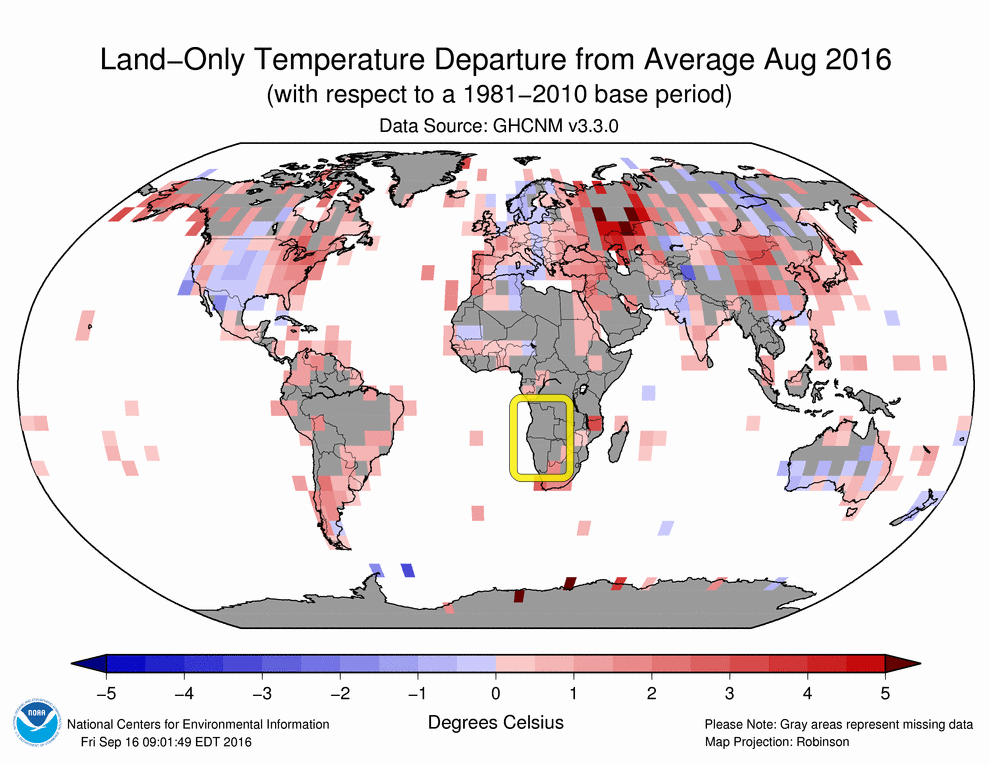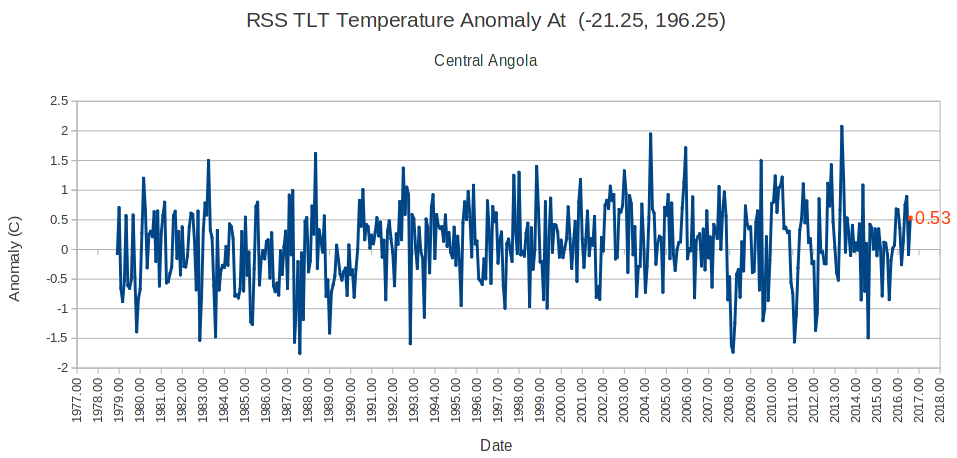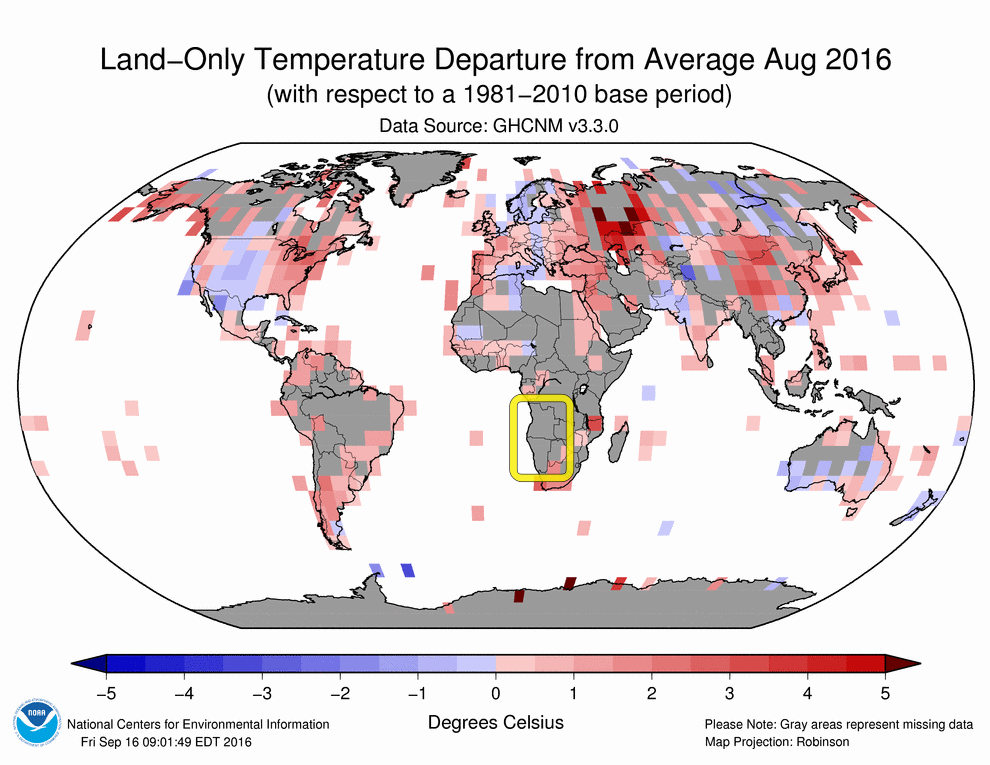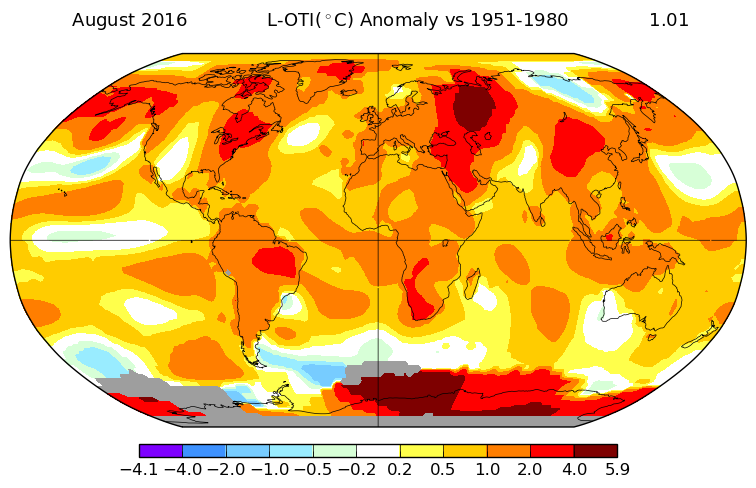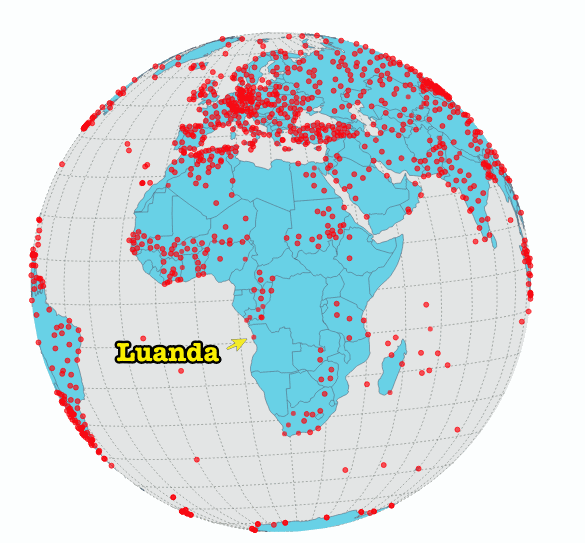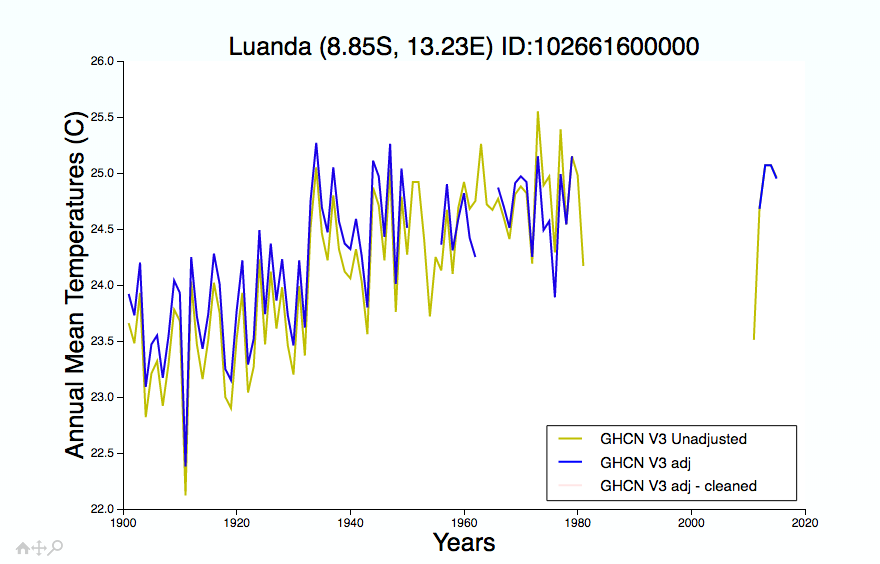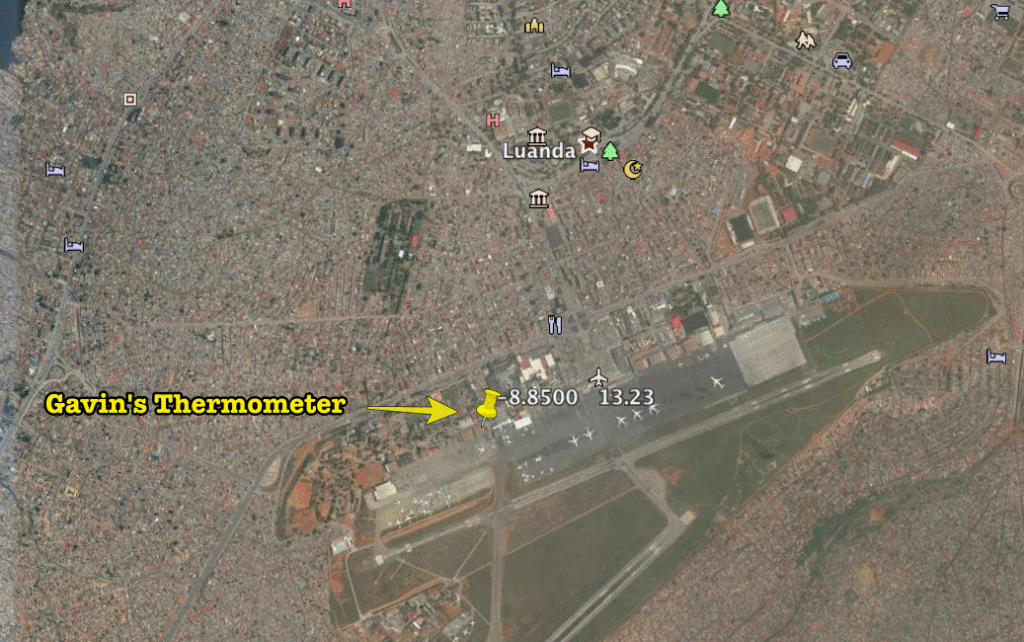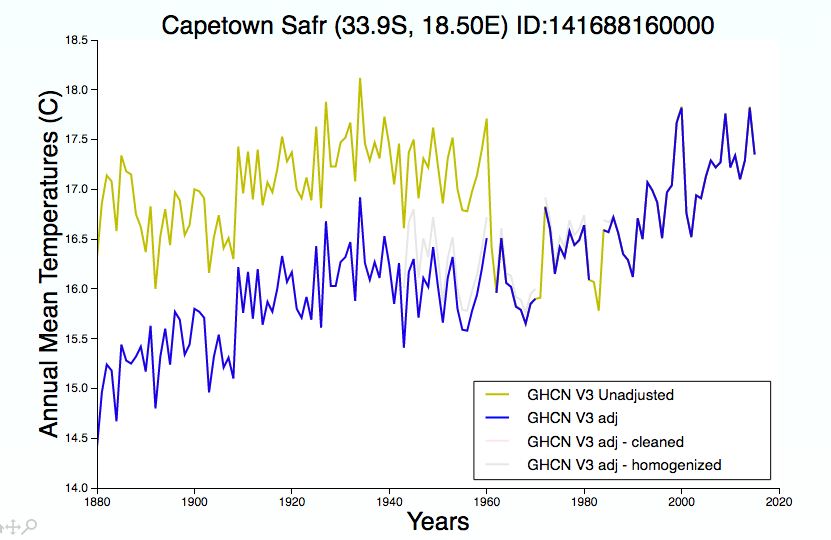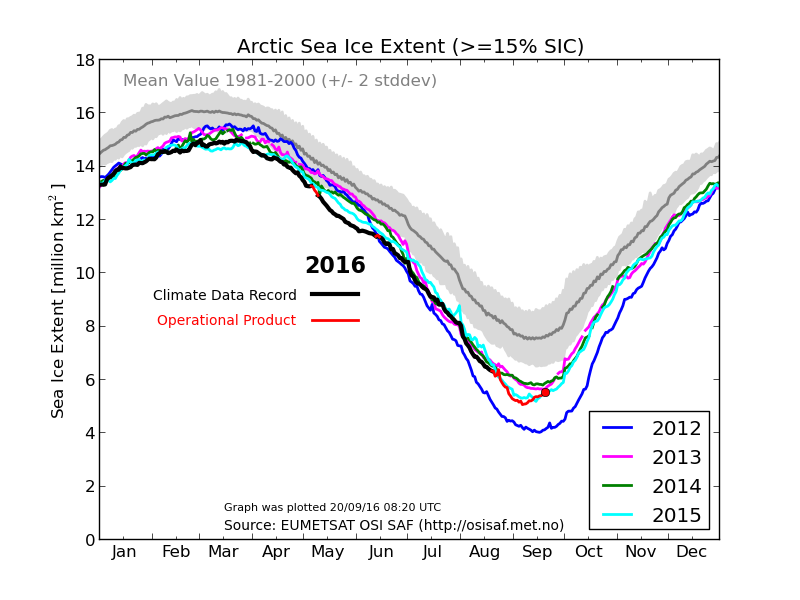Toyota is using sewage sludge to power its new electric car
Hydrogen fuel cell cars could help solve the global warming crisis, but nobody wants to buy them. Yoshikazu Tanaka, chief engineer of the Toyota Mirai, Toyota’s hydrogen fuel cell car, calls it a “chicken or the egg” problem: no one wants to purchase hydrogen cars because there are no hydrogen fuel stations, and nobody wants to build hydrogen fuel stations because there are no hydrogen cars.
But Toyota thinks it may have found a solution. For unlimited clean energy, it’s turning to one of the dirtiest places there is: the toilet.
In Fukuoka, Japan, the automaker is converting human waste into hydrogen to fuel the Mirai. The process is pretty simple. At a wastewater treatment plant, like the Fukuoka City Central Water Processing Plant, sewage is separated into liquid and solid waste. The solid waste, called sewage sludge, is exactly what it sounds like: a foul-smelling, brown lump. Most sewage sludge is thrown in landfills.
But in Fukuoka, microorganisms are added to the mix. These microorganisms break down the solid waste, creating biogas, about 60% methane and 40% carbon dioxide. Then, workers filter out the CO₂ and add water vapor, which creates hydrogen and more CO₂. They extract the CO₂ again, and voila: pure hydrogen.
“It’s not a new or advanced technology,” says Marc Melaina, a senior engineer at the National Renewable Energy Laboratory in Denver. “In India, they have loads of biogas plants in villages and such that are just part of their energy infrastructure.”
If Tanaka has his way, Japan and the U.S. will soon follow suit. Currently, the Fukuoka plant produces 300 kilograms of hydrogen per day, enough to fuel 65 Mirai vehicles, Tanaka says. If all the biogas produced by the plant were converted to hydrogen, that number would jump to 600 cars per day. It’s a far cry from enough to achieve his goal of a “hydrogen society” that has no need whatsoever for fossil fuels, but it’s a good first step. Ideally, the process would be implemented in a scaled-up fashion at the wastewater processing plants of the world’s biggest cities.…
Analysis: ‘NOAA’s Africa Fraud’ – Declares Angola’s ‘hottest month’ but doesn’t actually have any thermometers there
As I reported earlier, NOAA shows Angola as their hottest month ever in August.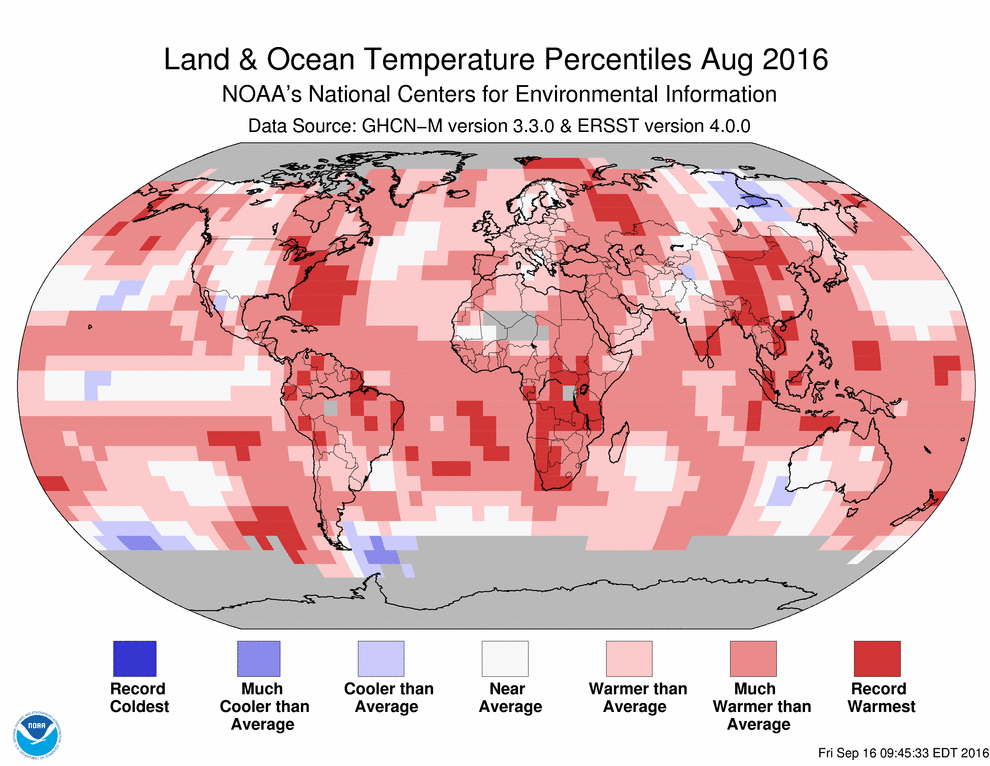
Amazing, since NOAA doesn’t actually have any thermometers in Angola.
The RSS TLT August anomaly for central Angola was 0.53, slightly above average and nowhere near a record. There has been almost no trend in Angola temperatures since the start of records in 1978.
NOAA and NASA are defrauding the American people and the world with their junk science, which is used as the basis for policy.
Analysis: NASA’s ‘record heat’ in SW Africa is based on one tampered station, located next to asphalt in middle of rapidly growing city’
NOAA claimed yesterday that Angola and Namibia had their hottest month ever last month, even though they don’t have any thermometers there.
NOAA Sets An All-Time Fraud Record In August | The Deplorable Climate Science Blog
NASA also shows Namibia and Angola very hot, 1-4C above normal.
NASA has no thermometers in Namibia, and only one in Angola, at Luanda.
Data.GISS: GISS Surface Temperature Analysis: Station Data
Luanda was warmer in the 1970’s, but NASA adjusted the 1970’s warmth away.
Data.GISS: GISS Surface Temperature Analysis
The thermometer at Luanda is located next to the airport tarmac in the middle of very dense city of nearly three million people.
The “record heat” in southwest Africa is based on one tampered station, located next to a giant piece of asphalt in the middle of a rapidly growing city.
Luanda city has the highest rate of population growth in Africa, a local study shows. According to the study presented by the Sweden embassy in Angola, Luanda is set to have 9 million inhabitants by 2030.
Many surveys have named the city as the world’s most expensive. One the negative side, Luanda is ranked among the 25 dirtiest cities in the world.
Luanda’s population growth rate highest in Africa – Africa Review
Instead of reducing recent temperatures to compensate for UHI, NASA cooled past temperatures. If Gavin set out to commit fraud, what would he do differently?
NOAA says August was ‘hottest month on record’ — But claim Southern Africa as hottest ever –without one single thermometer reading
NOAA says August was the hottest month on record, but they may have pushed their luck a little too far this time. They show countries in southern Africa like Namibia and Angola as the hottest ever during August.
They don’t actually have any temperature data in Namibia or Angola, or over about half of the Earth’s land surface for that matter. “Gray areas represent missing data.” They simply made the temperatures up.
Satellites cover almost the entire Earth, and they show that August was cooler than 1998 and 2010.…
Enviro-Billionaire Steyer Donating Millions To Clinton’s Political Machine
…Hillary Avoids Saying ‘Climate Change’ In Speeches, Talks about ‘Clean Energy’ Instead
…Carbon credit climate scam: the fraud prosecutions begin
…Rapid Sea Ice Growth After The Shortest Arctic Melt Season On Record
Arctic sea ice extent is as high or higher than last year, 30% higher than 2012, and almost the same as 2013.
Analysis: NY Times & Zika: a brief case study on climate change hype
By David Wojick
The folks who make their living by hyping the supposed threat of runaway global warming use a lot of scary language in the process. Here the ever creative New York Times has set what may be a new standard in scary climate change hype, by tying it to the Zika outbreak.
In our Framework Analysis of Federal Funding-induced Biases we point to the press exaggerating unproven scientific hypotheses that support government policies. Policies that depend on scaring people are especially subject to this kind of press bias. The NYT has provided a fine example of this sort of scientific distortion, one that is worth analyzing to see just how the game is played. Not surprisingly, they do this in what they call a “Science” article.
It begins with this ever so scary headline:
“In Zika Epidemic, a Warning on Climate Change”
Zika itself is pretty scary, so that sets the stage. They then combine this with “epidemic” and “a Warning on Climate Change.” So instead of unsubstantiated possibilities we now have warnings and threats. This is a rhetorical flourish that we have not seen before, especially warnings.
Note that most people will only read this headline, which contains no science whatsoever. They will be told, falsely, that the Zika outbreak is a warning of a supposed climate change threat.
Beyond the scary headline, the article itself is a study in rhetorical structure. It begins with innuendo and ends with standard speculation, but in between it manages to provide some solid science regarding several mosquito borne diseases. The latter is to the effect that these various disease outbreaks and increases are likely due to increased urbanization. You would never guess this from the headline or the first paragraph, which uses a question to make an accusation, a classic form of innuendo:…

